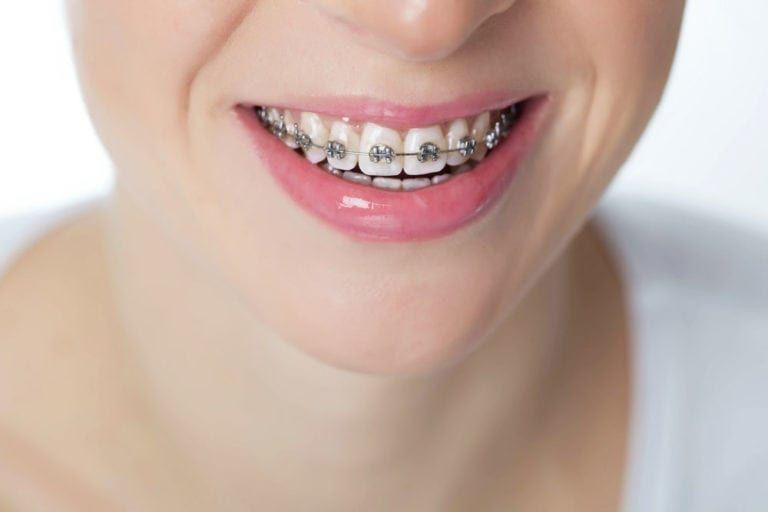Do Dental Tooth Fillings Hurt What to Expect During the Procedure
- dclinicdubai
- Aug 28, 2025
- 4 min read
Many patients worry about discomfort when scheduling dental treatments, especially when it comes to fillings. The good news is that modern dentistry has made the procedure almost painless. For individuals considering Dental Tooth Filling in Dubai, understanding what happens during the process and what sensations to expect can help reduce anxiety and encourage timely care. This guide breaks down whether fillings hurt, how dentists minimize discomfort, and what patients can anticipate before, during, and after treatment.

What Is a Dental Tooth Filling:
A dental tooth filling is a restorative treatment designed to repair cavities or minor damage in the teeth. The dentist removes decayed material, cleans the affected area, and fills the space with a durable substance such as composite resin, amalgam, or ceramic. This prevents the decay from spreading further, restores the tooth’s strength, and ensures normal chewing function.
Do Dental Tooth Fillings Hurt:
Most patients experience little to no pain during the procedure because dentists use local anesthesia to numb the area. While you may feel mild pressure, vibrations, or slight sensitivity during the drilling process, sharp pain is uncommon. The majority of discomfort that people associate with fillings usually comes from dental anxiety rather than the actual treatment.
Factors That Influence Pain Levels:
Discomfort levels during or after a filling can depend on several factors:
The size and depth of the cavity
The location of the tooth being filled
The type of filling material used
Individual pain tolerance levels
Previous dental conditions or sensitivity
The Step by Step Procedure of a Filling:
The process is straightforward and usually takes less than an hour. After applying anesthesia, the dentist removes the decayed portion of the tooth using specialized tools. The cavity is then thoroughly cleaned to eliminate bacteria or debris. Next, the filling material is placed in layers, shaped to match the tooth’s natural form, and hardened with a curing light if composite resin is used. Finally, the dentist polishes and checks the bite for comfort.
What You May Feel During the Procedure:
Although pain is minimal, patients may notice certain sensations while undergoing treatment. These include pressure from dental instruments, vibrations from drilling, or a feeling of coldness when water is sprayed. Such sensations are normal and do not indicate pain. If any discomfort becomes too strong, dentists can adjust anesthesia or techniques immediately.
After the Filling Procedure:
It is common to experience slight sensitivity for a few days following the treatment. Teeth may react to hot or cold foods, and chewing pressure can feel different temporarily. This sensitivity usually decreases within one to two weeks as the tooth adjusts. Over the counter pain relievers may be recommended if discomfort is noticeable, though most patients do not require them.
How Dentists Minimize Pain:
Dentists use several methods to keep patients comfortable throughout the process:
Local anesthetics to numb the tooth and surrounding tissues
Modern tools that reduce vibrations and noise
Gentle techniques to avoid unnecessary pressure
Careful polishing to ensure the bite feels natural after filling
How Long Does It Take for Pain to Go Away:
Sensitivity after a filling usually resolves within two weeks. If discomfort persists beyond that period or worsens, it may indicate an issue such as a high bite, nerve irritation, or infection. In such cases, returning to the dentist ensures timely adjustments or further treatment.
Benefits of Getting a Filling Early:
Addressing cavities promptly is the best way to avoid pain. Early detection and treatment prevent decay from spreading deeper into the tooth, which would otherwise require more invasive procedures like root canals or extractions. By opting for a simple filling early on, patients save time, reduce costs, and avoid unnecessary discomfort in the future.
Cost of Dental Tooth Filling in Dubai:
The price of a filling depends on the material chosen, the size of the cavity, and the clinic’s expertise. Composite and ceramic fillings are often selected for front teeth due to their natural look, while amalgam or gold may be used for molars. Clinics in Dubai offer competitive pricing with high quality care, making Dental Tooth Filling in Dubai an accessible and effective treatment for patients seeking both function and aesthetics.
Caring for Your Tooth After a Filling:
Proper care ensures comfort and longevity of the restoration. Patients are advised to:
Avoid chewing hard foods for the first 24 hours
Brush gently with a soft bristle toothbrush
Floss daily to prevent new cavities forming around the filling
Schedule routine dental visits for monitoring
Use fluoride toothpaste to strengthen surrounding enamel
When to Call Your Dentist:
Although fillings are routine, certain situations require follow up care. If you experience severe or prolonged pain, notice cracks in the filling, or feel that the bite does not align correctly, it is important to schedule a visit. Early adjustments prevent complications and protect the tooth from further damage.
Choosing the Right Dentist in Dubai:
A skilled dentist ensures that the filling is not only painless but also durable and natural looking. Patients should choose clinics that use modern anesthesia, advanced tools, and high quality materials. Patient reviews, consultation appointments, and recommendations can help identify a reliable clinic. With experienced professionals, Dental Tooth Filling in Dubai is a comfortable and efficient procedure that supports long term oral health.
Final Thoughts:
Dental fillings are one of the most common and effective treatments in dentistry, and modern techniques ensure they are virtually painless. While some mild sensations are normal, sharp pain is rare thanks to anesthesia and advanced tools. Patients in Dubai can expect efficient, comfortable care with high quality materials that restore function and appearance. By addressing cavities early, maintaining proper oral hygiene, and choosing the right dentist, you can protect your smile with confidence and ease.


Comments